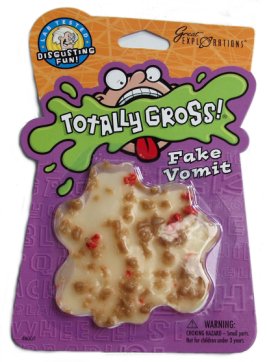It’s not just the greater Atlanta-area where wannabies are trying to trade on the rock-star status of public health inspectors.
In India, the Oshiwara police have arrested two men for allegedly posing as Food and Drug Administration (FDA) officials and trying to extort Rs 50,000 from a bakery in the area.
Police officers said the incident took place on Friday afternoon when four men entered the bakery shop on SV Road in Jogeshwari West and complained about the quality of food. They .jpg) told the owner of the bakery that they were officers from FDA and had been getting complaints from its customers about the inferior quality of products.
told the owner of the bakery that they were officers from FDA and had been getting complaints from its customers about the inferior quality of products.
They demanded Rs 50,000 from him to shut the case and not seize his shop and goods in it. Sensing foul play, the owner asked them to show him their identification cards.
The men presented their ID cards, but the owner found them suspicious. He immediately alerted the police patrolling the area. On the arrival of the police, two of the fake FDA officers managed to flee, while the other two were nabbed and arrested.

 The phoney inspectors sometimes threaten fines for failing to schedule inspections.
The phoney inspectors sometimes threaten fines for failing to schedule inspections. Chinese food companies in particular have been blamed for making deadly alterations to dairy, baby and pet foods by adding melamine. The chemical makes it appear that the food or beverage has the required level of protein.
Chinese food companies in particular have been blamed for making deadly alterations to dairy, baby and pet foods by adding melamine. The chemical makes it appear that the food or beverage has the required level of protein. Helping put the ick in America since 1941, Fun Inc. is a repository of practical jokes, magic tricks and gag items — from chattering teeth to hot pepper gum, oversize sunglasses to oversize toothbrushes to oversize anything.
Helping put the ick in America since 1941, Fun Inc. is a repository of practical jokes, magic tricks and gag items — from chattering teeth to hot pepper gum, oversize sunglasses to oversize toothbrushes to oversize anything.